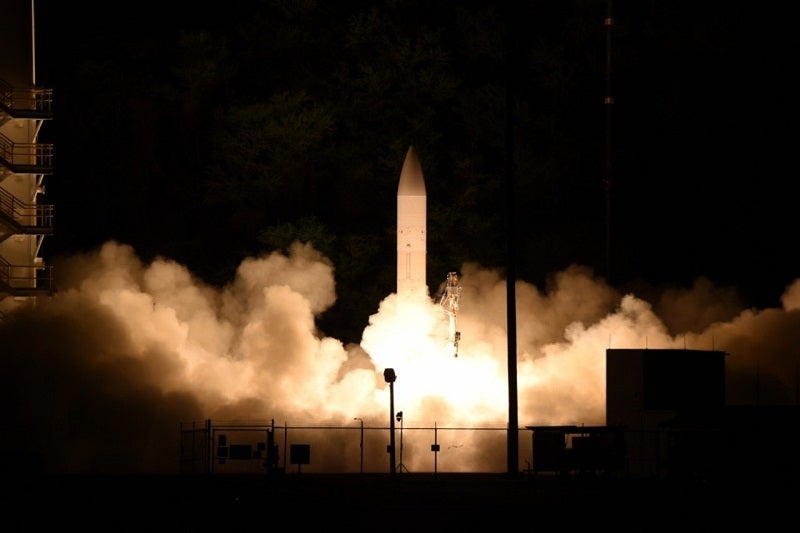On the 16th of October China is alleged to have successfully tested a hypersonic glide missile, US programs have been advancing at pace in recent years but this development will likely be the beginnings of a new arms race. Hypersonic Glide missiles have a strategic advantage over traditional ballistic missiles because they fly at a lower trajectory, making them more capable of evading existing missile defense systems and in general harder to track.
The US has invested significantly in hypersonic programs in recent years, with the three branches of the military all advancing their own programs. The US Army and Navy are developing a Common Hypersonic Glide Body (C-HGB), whilst the US Navy are independently developing a boost-glide weapon as part of its ARRW program – these are part of a total 6 programs being developed by the Department of Defense (DoD).
Current ongoing US programs include:
- Common Hypersonic Glide Body (C-HGB)
- Tactical Boost Glide (TBG)
- Conventional Prompt Strike (CPS)
- Long-Range Hypersonic Weapon (LRHW)
- Air-Launched Rapid Response Weapon (ARRW)
- Operational Fires (OpFires)
- Hypersonic Air-breathing Weapon Concept (HAWC)
William Davies, Associate Defense Analyst, comments: “The US has been advancing a number of programs in recent years, but this unexpected launch by China will likely put increased pressure on the programs – especially considering the pending defense budget for 2022 which will potentially have up to $3.8 billion allocated for hypersonic development. The US Navy’s Electromagnetic Railgun program has seen its funding cut for the same period, this decision was likely made to free up resources for hypersonic funding.”
“The US has conducted successful hypersonic tests in 2021, including the HAWC program being developed by DARPA – but the success of China is likely to initiate more focus on particular programs instead of spending on a diverse set. The ARRW program is likely to come under increasing scrutiny as it has not yet had a successful launch despite being scheduled to be ready for launch by 2023.”
“Whilst the US is scheduled to have two hypersonic weapons ready for deployment by 2023, if China’s hypersonic program is deemed to be significantly mature enough for deployment it is likely that there will be pressure for the US to achieve this ahead of schedule. It may also create increased incentives for arms control treaties, especially since Russia has claimed that it is in possession of deployable hypersonic weapons.”





